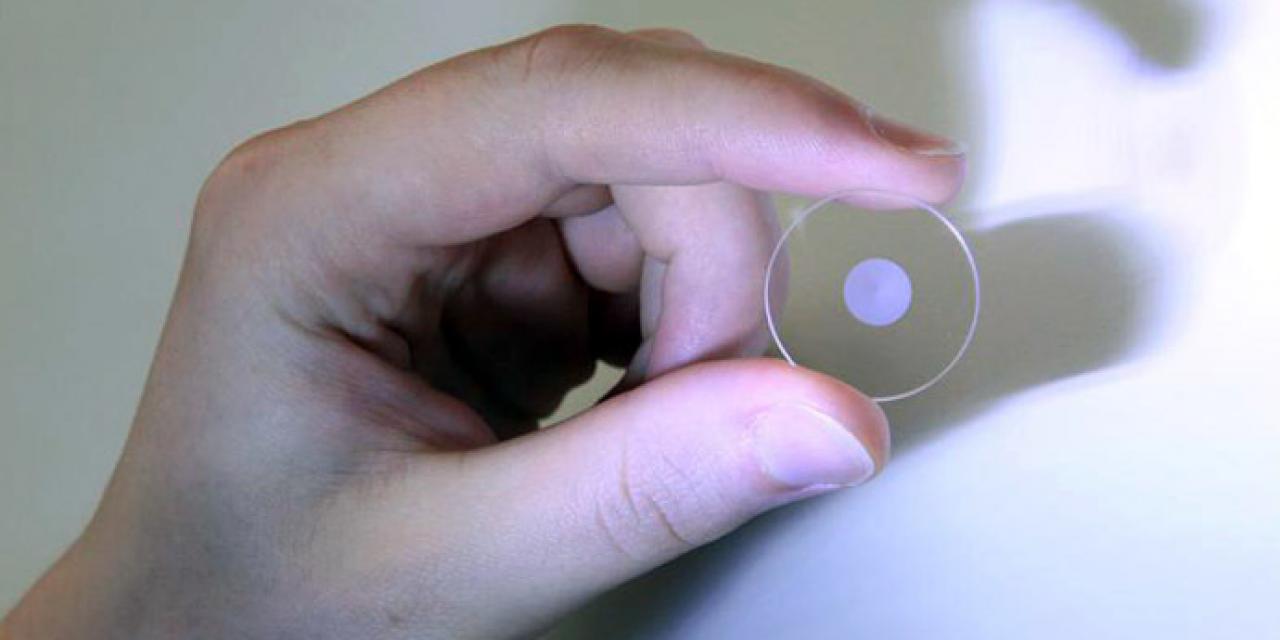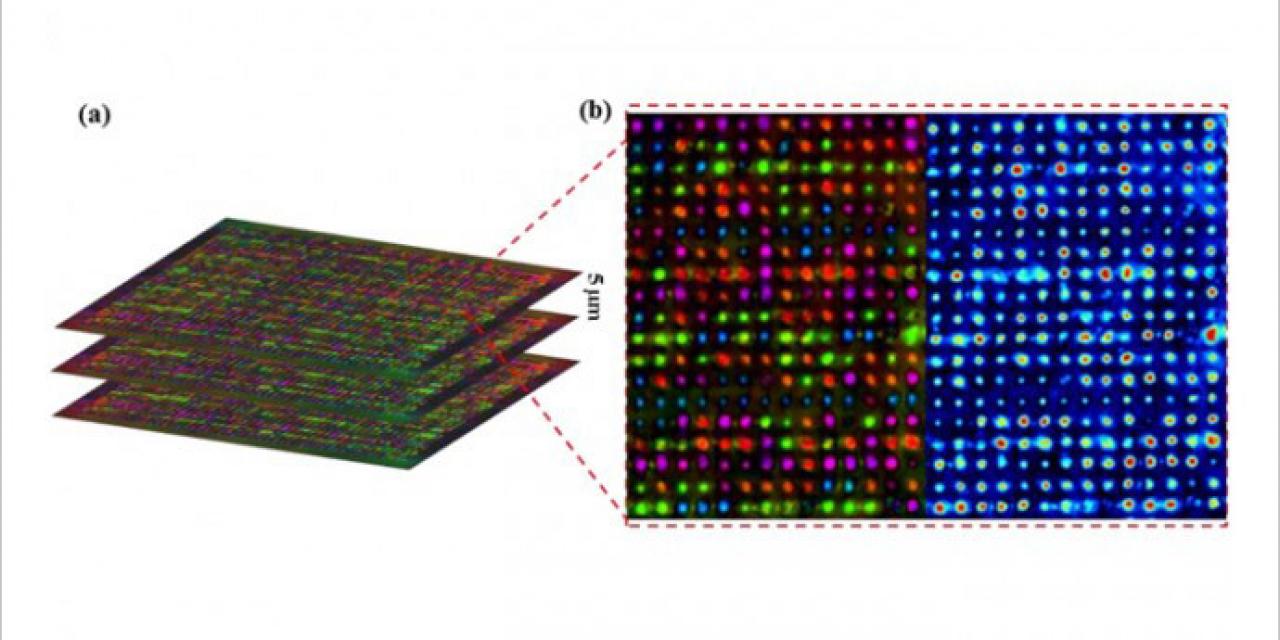

Scientists at the University of Southampton may have made a major step forward in the development of a hard disk with unprecedented capacity that is capable of surviving for billions of years.
Using nanostructured glass, scientists from the University’s Optoelectronics Research Centre (ORC) have developed the recording and retrieval processes of five dimensional (5D) digital data by femtosecond laser writing.
The storage allows unprecedented properties including 360 TB/disc data capacity, thermal stability up to 1,000°C and virtually unlimited lifetime at room temperature (13.8 billion years at 190°C ) ushering what the researchers call "a new era of eternal data archiving."
The technology was first experimentally demonstrated in 2013 when a 300 kb digital copy of a text file was successfully recorded in 5D.
Now, major documents from human history such as Universal Declaration of Human Rights (UDHR), Newton’s Opticks, Magna Carta and Kings James Bible, have been saved as digital copies that could survive the human race. A copy of the UDHR encoded to 5D data storage was recently presented to UNESCO by the ORC at the International Year of Light (IYL) closing ceremony in Mexico.
The research team like to refer to the new memory as the "Superman memory crystal" because it uses laser to store the data in glass. The data is recorded via self-assembled nanostructures created in fused quartz. The information encoding is realized in five dimensions: the size and orientation in addition to the three dimensional position of these nanostructures.
More specifically, data is recorded using ultrafast laser, which produces extremely short and intense pulses of light. The file is written in three layers of nanostructured dots separated by five micrometers. The self-assembled nanostructures change the way light travels through glass, modifying polarization of light that can then be read by combination of optical microscope and a polarizer, similar to that found in Polaroid sunglasses.
The team are now looking for industry partners to further develop and commercialize the new technology.








